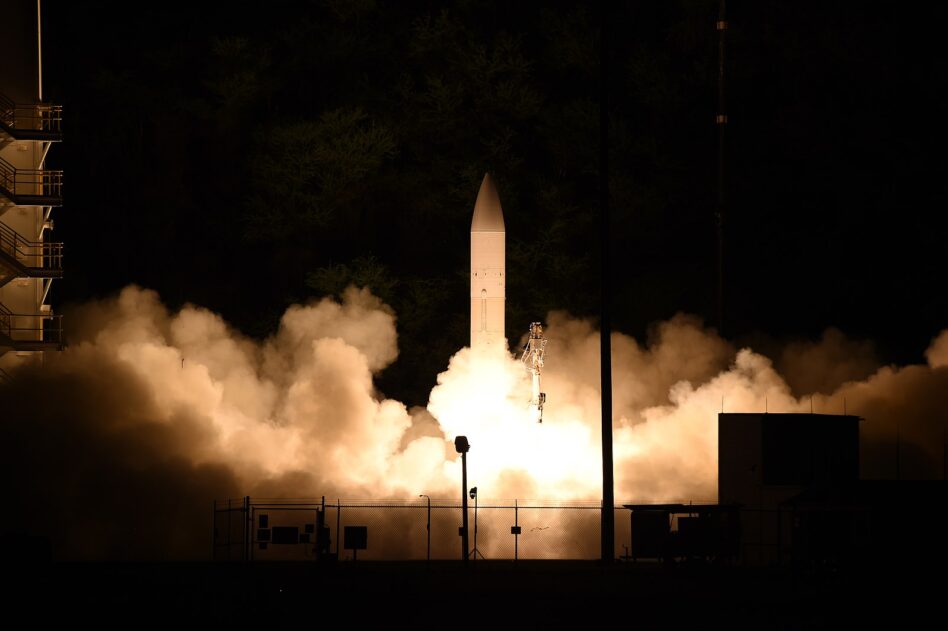The hype for hypersonics continues. On Friday, U.S. Army officials released the official name for their long-range hypersonic weapon (LRHW). The service chose “Dark Eagle” as a tribute to the “master hunter known for its speed, stealth and agility,” and because the weapon can function in denied environments. Pretty poetic, tbh.
“The Dark Eagle brings to mind the power and determination of our country and its Army as it represents the spirit and lethality of the Army and Navy’s hypersonic weapon endeavors,” the DoD said in a release. Jeez.
But anyway, we’re not here for the literary devices, so let’s dive into it. What can Dark Eagle actually do?
Super-quick: The Army’s ground-launched LRHW can reportedly reach speeds of Mach 5+, and has a range of over 2,000 miles.
- Initial OTA contracts to develop the tech were awarded to Lockheed Martin and Dynetics way, way back in 2019. The weapon was supposed to deploy in FY2023.
- Lockheed received an additional $756M contract to build further capabilities for the weapon last year. General Dynamics and Northrop Grumman have also worked on the LRHW.
- In FY2024, the Army requested $1.1B for its LRHW program.
- The cost per weapon is not known, but the estimated lifetime cost for the LRHW program is over $10B.
Obstacle course: The road to hypersonic for the Army has been bumpy, to say the least. The program has been accused of being too expensive, and flight tests were a bust for years.
- An initial June 2022 flight test failed, which led to the DoD scrapping plans for a further test that year.
- Two planned tests in 2023—in March and September—were also scrubbed. In September 2023, the Army said it would not be able to meet its 2023 deployment goal for the program.
- After the string of failures, the deployment date for the program was pushed to FY2025.
Things started to look up for Dark Eagle in 2024. In March, the Army successfully flew the LRHW over 2,000 miles across the Pacific. And in December, the Army completed an end-to-end flight test of the weapon in collaboration with the Navy.
The Army says it plans to field the weapon by the end of this year. It also said in the statement that it is working with the Navy on a ship-launched version. (Hello, Indo-Pacific.)
Optionality: Questions remain, however, over whether the program can produce enough weapons quickly enough to meet the DoD’s needs at a reasonable cost. US adversaries have robust hypersonic weapons programs, and Russia has reportedly deployed hypersonic missiles on the battlefield in Ukraine.
A 2023 CBO report found that it actually might be more cost-effective to just use alternatives, like ballistic missiles. And companies like Castelion have promised that they can produce hypersonic missiles way, way faster, and at a lower cost than the legacy program.

